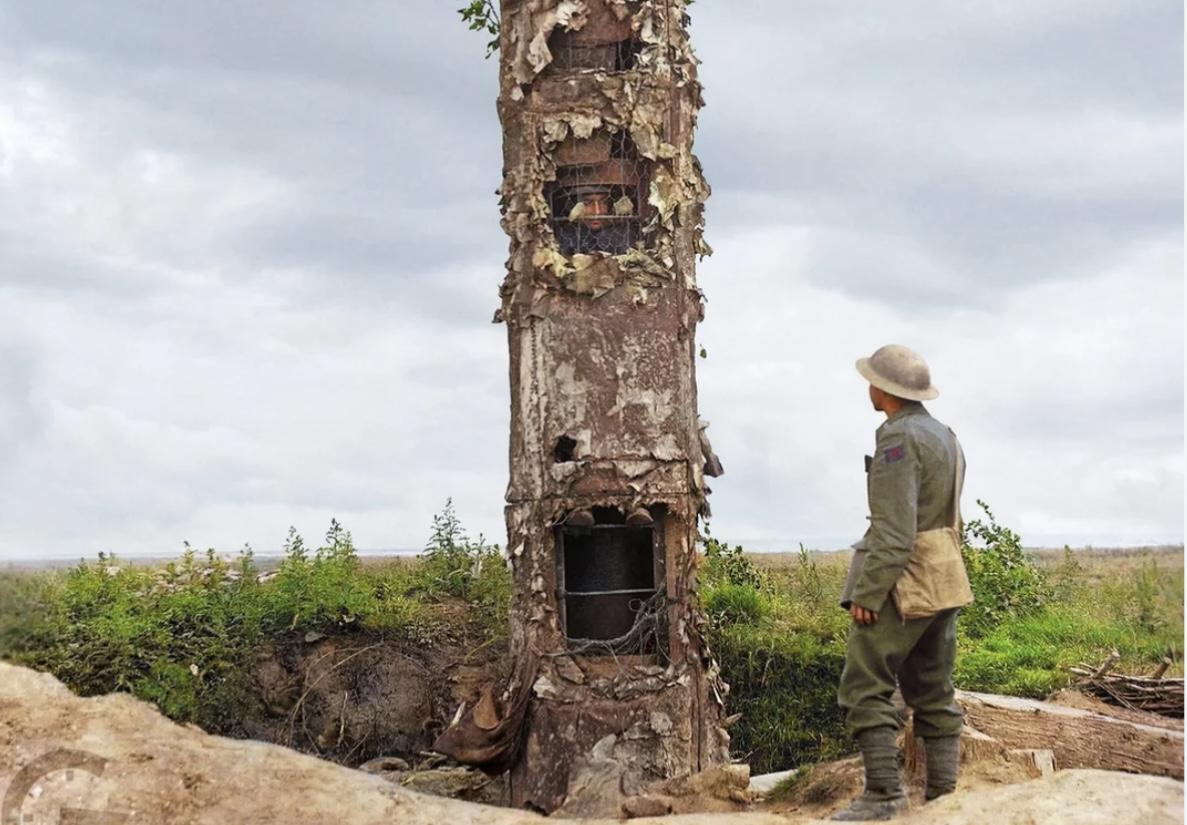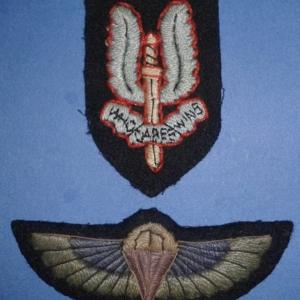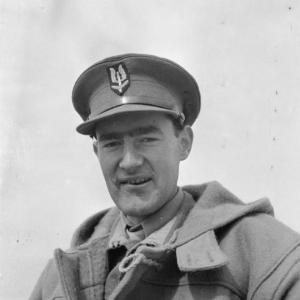
WW1 fake observation trees
World War I introduced many innovations in military tactics, and one of the more interesting developments was the use of fake observation trees. These deceptive structures, used by both the Allies and Central Powers, were designed to hide or mislead the enemy while allowing military forces to gather vital intelligence.
During World War I, observation posts played a critical role in military strategy. They allowed commanders to observe enemy movements, direct artillery fire, and gather intelligence. However, observation posts located near the front lines were vulnerable to enemy artillery and sniper fire. Fake observation trees provided a solution to this problem. They were designed to mimic real trees and had platforms where soldiers could observe the battlefield while remaining hidden.
These camouflaged trees allowed military forces to monitor the enemy safely. The trees provided critical intelligence without exposing personnel to the dangers of more visible posts. The use of fake trees was part of a broader strategy that emphasised minimising risk while maximising information gathering.
The design and construction of fake observation trees were crucial to their effectiveness. These trees were made from materials that closely resembled real trees. The trunks were typically constructed from wood and covered with camouflage netting or real branches to create a realistic appearance. These trees could be designed to accommodate one or several soldiers, with platforms placed high in the tree to provide a clear view of the battlefield.
The trees were built to blend in with their surroundings. In wooded areas, the fake trees would often blend seamlessly with the natural trees. In open fields, the camouflage needed to be especially effective to avoid detection. Observers would access these trees through ladders or other means, allowing them to use binoculars or telescopes to monitor enemy activity.
Fake observation trees were part of a larger strategy of military deception used throughout World War I. Deception aimed to confuse the enemy and mislead them about the true positions of troops, artillery, and supplies. Fake observation trees were one component of this strategy, alongside other tactics like dummy airfields.
By using fake trees, the military could mislead the enemy into thinking that observation posts were located in a different area. This could divert enemy fire or force the enemy to waste resources looking for targets that did not exist. The fake observation trees also allowed military personnel to remain concealed, which was a major advantage during a war where artillery and sniper fire were constant threats.
The fake observation trees had a notable impact on military tactics, particularly in the context of trench warfare. Trench warfare created a stagnant front, where gaining intelligence about enemy positions could be the difference between life and death. The fake trees allowed military forces to observe the battlefield without exposing themselves to the enemy, providing critical information that could influence military decisions.
These deceptive structures also allowed for longer-term surveillance. Once set up, fake observation trees could remain in place for weeks or even months without drawing attention. In contrast, real observation posts were more vulnerable and had to be relocated frequently to avoid enemy fire. The use of fake trees offered a more sustainable solution for gathering intelligence.










